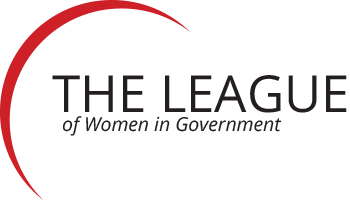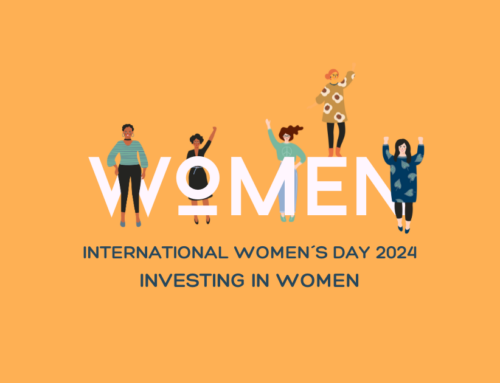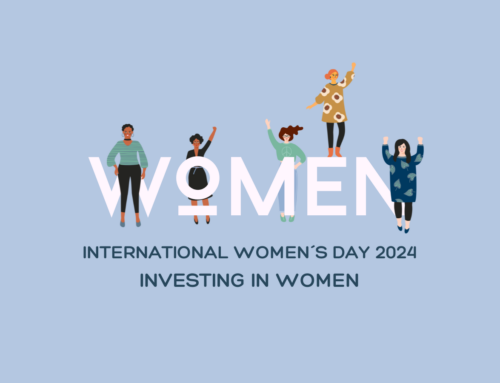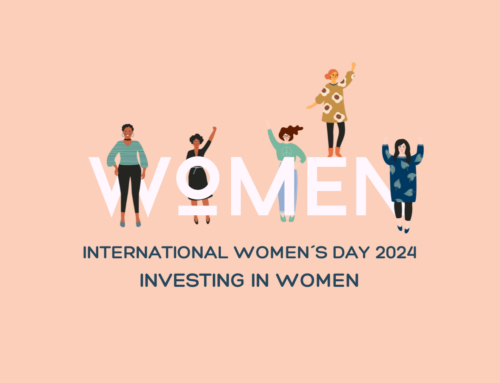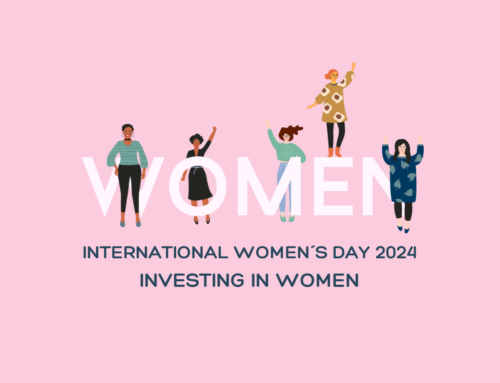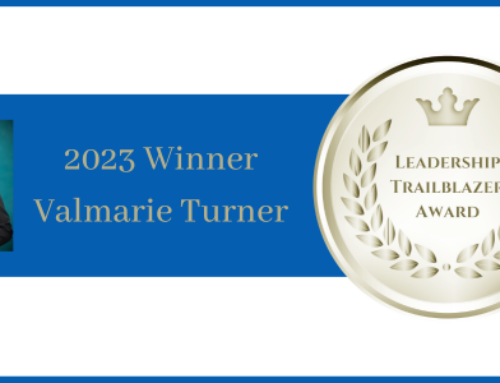Dr. Frank Benest suggests if you want to improve performance, then you need to improve workplace culture.
By Frank Benest, ICMA Liaison for Next Generation Initiatives
I’m an administrative services director of a large urban city government, overseeing a department that includes Finance, HR, and IT. Serving in this position for two years, I have found the environment a bit tumultuous and chaotic. I’m concerned that our performance is adequate but we do not compare favorably with other local government agencies that I have previously led. We are not as service-oriented, productive, collaborative, or adaptive as I would like.
I have restructured the department to better promote more collaboration among the staff in the different function areas. We have also introduced new IT systems to further automate our processes. However, these efforts have only resulted in a few marginal improvements. To make matters worse, we have lost some early- and mid-career talent who could have helped us enhance our efforts over time.
I believe that we still have managers and front-line staff who would support my efforts and commit to developing a better department.
I’m disappointed with the organizational improvements and results to date. I don’t want to give up. What do I do?
____________________
DR. BENEST: Adequate but not exceptional performance is pervasive in all organizations, regardless of sector. I’m pleased that you are concerned and that you have taken a few steps to improve organizational performance. However, restructuring and IT enhancements are not sufficient. Big leaps require improving culture.
Peter Drucker, the foremost management thinker of the 20th century, warned that culture always trumps structure and strategy. So, the challenge is how do you and your colleagues build a world-class culture?
What is culture?
Culture is perceived by most of us as a fairly squishy concept. Culture is simply defined as “the way we do things around here.” Culture is the underlying operating system of the organization.
Dan Rockwell (see Leadership Freak blog of April 16, 2016) explains that culture is built through a commitment to certain beliefs expressed in a set of behaviors practiced by organizational members. Therefore, there are two elements to culture:
1. Beliefs
2. Behaviors.
The current culture—the way we do things around here—is built over time. Likewise, to change and enhance organizational culture requires sustained effort one step at a time. Culture requires “the long march” (Jim Collins).
Where do we start?
STEP ONE
Share your observations and concerns with your managers, cite some relevant examples (without blaming people), and generate dialogue with your management team members. As part of these conversations, ask your managers for their observations and any concerns and suggestions on how to assess the state of the department’s culture and performance.
STEP TWO
Assess with department members what you all believe about yourselves, your customers, the work itself, and the importance and meaning of what you do. This is a conversation that includes management and all employees. Remember, as the poet David Whyte asserts, leadership is the art of conversation. To be successful, you and your division managers must commit publicly to act on the conclusions generated by the conversation.
You can use several methods to help you assess beliefs, such as focus groups, employee surveys, and in-house social media (e.g., Yammer). It is best to use a combination of methods.
For example, you might want to ask to what extent is the department committed to:
Continuous performance improvement
Ongoing learning
Innovation in our work efforts
Doing our best for internal and external customers
Support for each other
Creating a safe environment in which we can admit and correct mistakes and suggest and try out new ideas
Talent development and coaching.
STEP THREE
Assess with all your department employees and your internal customers (other departments) and external customers (contractors, vendors, job applicants) how you express these beliefs in respect to actual day-to-day behaviors. To what degree are daily behaviors aligned with your professed beliefs? To what degree are there gaps between beliefs and behaviors?
What are strategies to build a better culture?
You can read Dr. Benest’s strategies to build a better culture and the rest of his article HERE.
_____
Dr. Frank Benest is ICMA’s liaison for Next Generation Initiatives and resides in Palo Alto, California. If you have a career question you would like addressed in a future Career Compass, e-mail careers@icma.org or contact Frank directly at frank@frankbenest.com.
_____________________
Headed to the ICMA Annual Conference in Kansas City? Don’t forget to register for our Pre-Conference Symposium!
Half Day/10 Great Speakers/$125
Registration and additional information can be found HERE.
